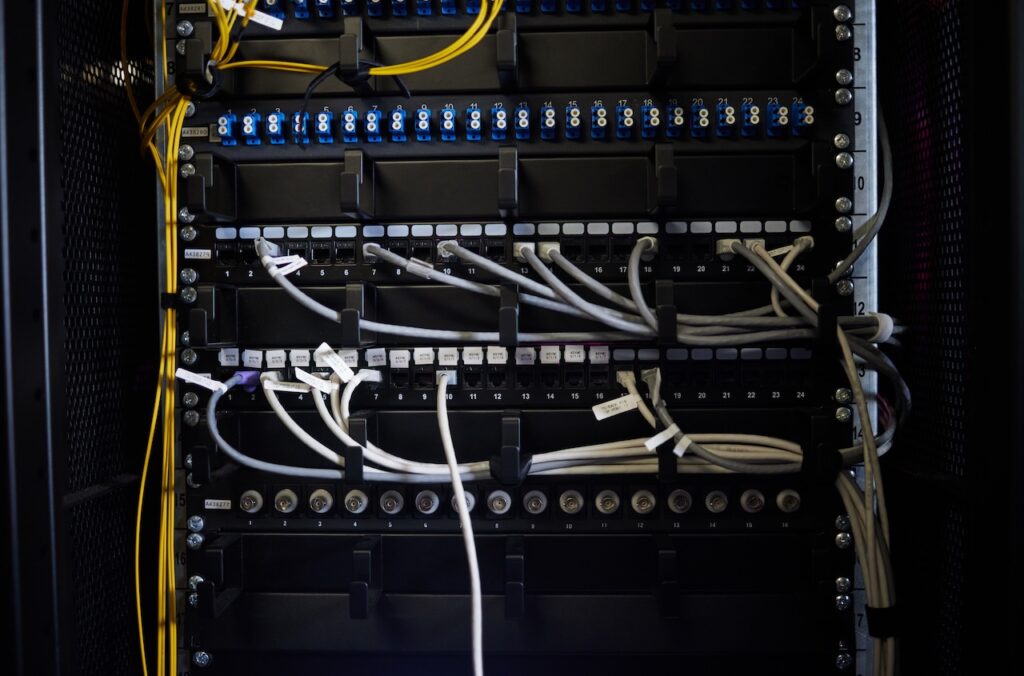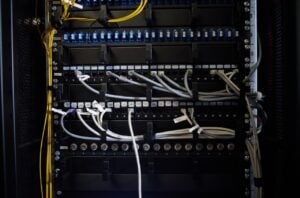Structured Cabling for Construction Offices: Avoiding Costly Installation Mistakes

In the fast-paced environment of a construction office, reliable connectivity is the backbone of every operation, from accessing blueprints in the cloud to coordinating with teams on-site. A poorly planned network infrastructure can lead to constant disruptions, data bottlenecks, and costly rework. This is why a professional approach to network setup, often guided by construction managed IT services, is critical. At the heart of this setup is structured cabling—a standardized system of cables and hardware that creates a comprehensive and future-proof telecommunications infrastructure. Getting it right from the start is essential to avoiding expensive mistakes down the line.
The Foundation: Planning Before You Pull a Single Cable
The most frequent and costly mistake in structured cabling is a lack of proper planning. A construction office, whether temporary or permanent, has unique needs that must be considered before installation begins. Rushing to run cables without a detailed blueprint will almost certainly lead to performance issues and future headaches.
A solid plan involves mapping out the location of every workstation, printer, server, wireless access point, and security camera. Consider not only your current needs but also your future growth. Will you be adding more staff? Will you need to support more bandwidth-intensive applications? A forward-thinking design includes extra capacity and cable drops to accommodate expansion without needing to tear open walls later. Collaborating with an IT specialist during this phase ensures your layout is optimized for both current workflows and future technologies.
Mistake #2: Choosing the Wrong Materials
Not all cables are created equal. Selecting the wrong type of cable or low-quality components to save a few dollars upfront is a recipe for disaster. The choice between Cat5e, Cat6, and Cat6a, for example, depends entirely on your performance requirements. While Cat5e may be sufficient for basic voice and data, Cat6 or Cat6a is necessary for higher speeds and to support technologies like 10-Gigabit Ethernet.
Furthermore, construction environments can be harsh. Cables may be exposed to dust, moisture, or physical stress. Using plenum-rated cables in air-handling spaces is a requirement for fire safety codes, while shielded cables may be necessary in areas with high electromagnetic interference (EMI) from heavy machinery or power lines. Using cheap, uncertified patch panels, jacks, and connectors can also degrade signal quality and become a point of failure.
Mistake #3: Ignoring Industry Standards
Structured cabling is “structured” for a reason. Industry standards, such as those from the Telecommunications Industry Association (TIA), provide guidelines that ensure reliability, performance, and interoperability. Ignoring these standards is a common amateur mistake.
This includes adhering to rules about maximum cable length (100 meters for a standard channel), maintaining proper bend radius to avoid damaging the cable’s internal structure, and keeping data cables separated from electrical power lines to prevent interference. Tightly bundling cables with zip ties can also crush them and degrade performance; using Velcro straps is the professional standard. Following these established best practices is not optional—it’s essential for a system that works as intended.
Mistake #4: Skipping a Thorough Testing and Certification
Once the installation is complete, the job isn’t done. The final, crucial step is to test and certify every single cable run. Simply plugging in a device to see if it connects is not enough. Professional installers use specialized certification testers that measure performance parameters like crosstalk, return loss, and attenuation.
This process verifies that each cable meets the performance standards for its category (e.g., Cat6). It provides a detailed report that confirms the quality of the installation and helps quickly identify any specific points of failure. Skipping this step leaves you flying blind. Without certification, you won’t know if your network is underperforming or where a problem lies until it starts causing disruptive issues.
By carefully planning your layout, investing in high-quality materials, adhering to industry standards, and certifying your work, you can ensure your construction office has a reliable and scalable network infrastructure. This foundation will support your operations today and adapt to the demands of tomorrow.






